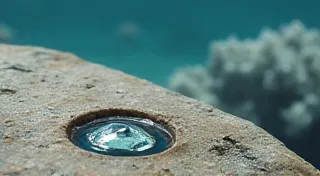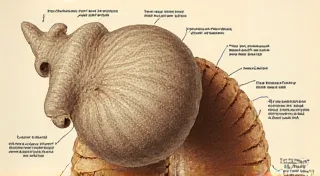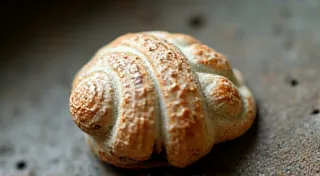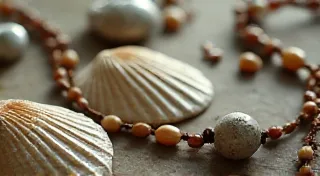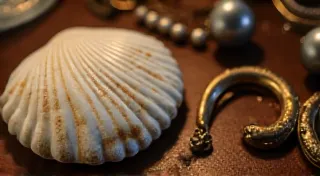The Use of Seashells in Ancient Rituals and Symbolism
Seashells, beautiful and readily available along coastlines worldwide, have captivated humans for millennia. Beyond their aesthetic appeal, they held profound cultural significance, deeply entwined with ancient rituals, religious beliefs, and symbolic representations across various civilizations. Our shell collecting hobby allows us to connect with this rich history, appreciating not just the form but also the stories these vintage shells hold. Understanding this history enhances our appreciation for collectible shells.
Symbolism Across Cultures
The meanings attributed to seashells varied significantly from culture to culture. However, common themes often emerged, reflecting humanity’s fascination with the sea, fertility, and the mysteries of life. For many coastal communities, the act of finding a shell was a sign of good fortune, a gift from the ocean’s bounty.
In ancient Greece, for example, the Triton shell (a type of turban shell) was associated with Triton, son of Poseidon, god of the sea. It symbolized power, control, and communication with the divine. These shells were often carried in processions or depicted in artwork. Similarly, the cowrie shell held immense symbolic power.

Cowrie Shells: Currency, Status, and Fertility
The cowrie shell, a small, glossy shell, stands out as one of the most widely used symbols across numerous ancient cultures. It wasn’t merely decorative; it served as a form of currency in Africa, Asia, and the Pacific Islands for centuries. Its widespread use demonstrated a common cultural recognition and trade network across vast distances.
Beyond its economic value, the cowrie shell was linked to female genitalia, representing fertility, life, and creation. In some African societies, they were strung together to adorn women during ceremonies or given as gifts to newlyweds, symbolizing abundance and prosperity. The association with fertility is also seen in the use of cowries in divination practices. The rarity and beauty of certain vintage shells, like those with unusual markings, made them even more valuable and desirable for ritualistic use.
Shells in Religious Practices
Many ancient religions incorporated seashells into their rituals. In South America, the Moche civilization (100-800 AD) frequently depicted shells – often scallops and clams - in their art, likely signifying maritime deities and offerings to the sea. The shells were probably used as instruments in ceremonies, or perhaps ground into pigments for body paint. The marine life these shells represent were a vital part of their understanding of the world.
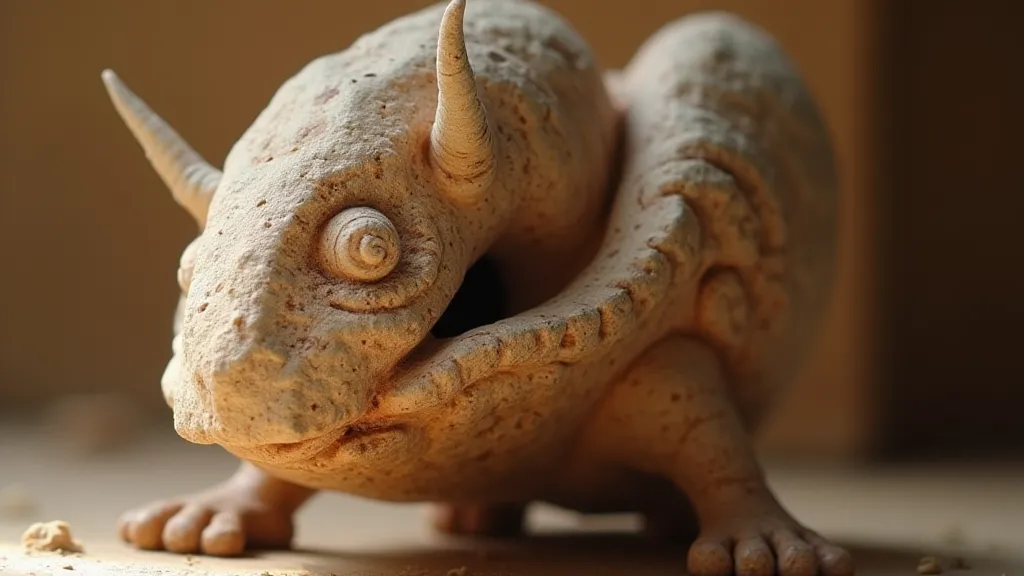
Shells as Musical Instruments
The hollow nature of some shells made them ideal for creating musical instruments. Blowing across the opening of a conch shell produces a deep, resonant sound, often mimicking the call of a sea creature. These "trumpet shells" were frequently used in ceremonies, signaling events or mimicking the sounds of the ocean. The vibrations and acoustics resonate with the beauty of the marine life that produced them.
Preserving the Legacy: Appreciating Vintage Shells
Today, we can appreciate the historical and cultural significance of seashells through our shell collecting hobby. Each vintage shell tells a silent story of the civilizations that revered them, imbuing them with symbolic power and incorporating them into their daily lives. Recognizing these connections helps us deepen our understanding of the past and appreciate the enduring legacy of the sea. When examining a vintage shell, we are holding more than just a beautiful object—we are holding a piece of history.

